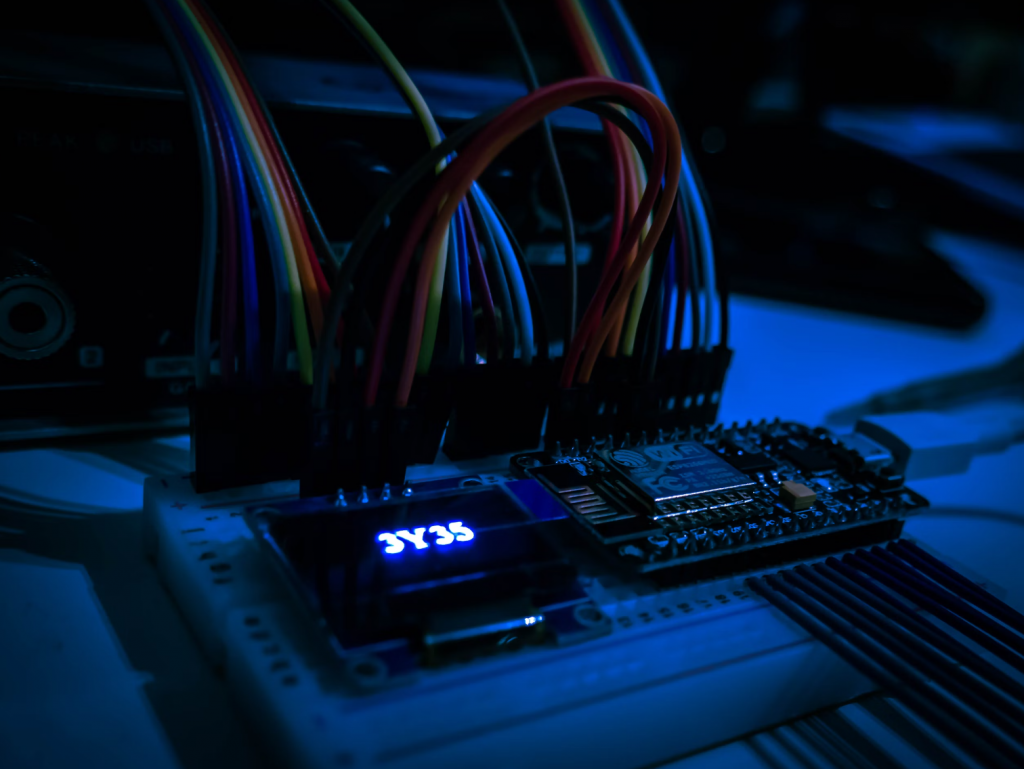Introduction To Edge Computing
In the era of the Internet of Things (IoT), where billions of devices are connected and generating massive amounts of data, traditional cloud computing models are proving to be inefficient. The latency and bandwidth constraints associated with sending all this data to centralized cloud servers for processing are becoming increasingly problematic. This is where edge computing comes in.
Edge computing is a distributed computing paradigm that brings computation and data storage closer to the devices generating the data, at the edge of the network. By processing data locally on these edge devices, rather than sending it back to a centralized cloud server, organizations can reduce latency, improve bandwidth usage, and enhance overall system performance.
This shift towards edge computing is redefining how data is processed in the IoT era. It enables real-time decision-making, reduces network congestion, enhances security and privacy by keeping sensitive data local, and allows for more efficient use of resources. As organizations continue to adopt IoT technologies at an exponential rate, edge computing will play a crucial role in unlocking the full potential of these interconnected devices.
Benefits Of Edge Computing In The Iot Era
Edge computing offers a multitude of benefits in the IoT era, revolutionizing the way data is processed and managed. One key advantage is reduced latency, as data processing occurs closer to the source rather than being transmitted to a centralized cloud server. This results in faster response times, critical for real-time applications such as autonomous vehicles or industrial automation.
Additionally, edge computing enhances data security by keeping sensitive information closer to where it is generated, reducing the risk of data breaches during transmission. This decentralized approach also improves reliability and resiliency by distributing workloads across multiple edge devices, ensuring continued operation even if one node fails.
Moreover, edge computing enables efficient use of network bandwidth by filtering and processing data locally before sending only relevant information to the cloud. This reduces strain on network infrastructure and minimizes costs associated with transmitting large volumes of data.
Overall, the benefits of edge computing in the IoT era include improved performance, enhanced security, increased reliability, and optimized resource utilization – making it a crucial technology for modern data processing needs.

Challenges And Future Trends In Edge Computing
One of the main challenges in edge computing is ensuring the security and privacy of data at the edge. With data being processed closer to where it is generated, there is an increased risk of potential security breaches and data leaks. This requires robust security measures to be implemented at the edge devices to protect sensitive information.
Another challenge is the limited processing power and storage capacity of edge devices. These devices are often constrained in terms of computing resources, which can hinder their ability to handle complex tasks or large amounts of data. To overcome this challenge, advancements in hardware technology and optimization techniques are needed to improve the performance of edge devices.
Looking towards future trends in edge computing, we can expect to see greater integration with artificial intelligence and machine learning algorithms at the edge. This will enable real-time decision-making capabilities and more efficient data processing at the edge. Additionally, there will be a focus on developing standardized protocols and frameworks for interoperability between different edge devices and systems, allowing for seamless communication and collaboration in IoT environments.

